Search
Search Results
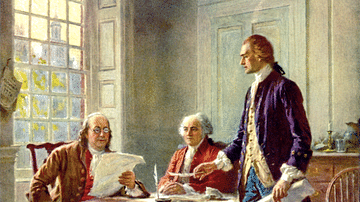
Article
Natural Rights & the Enlightenment
The idea of natural rights is the concept used in philosophy and legal studies that a person has certain rights from birth and which, because they were not awarded by a particular state or legal authority, cannot be removed, that is, they...
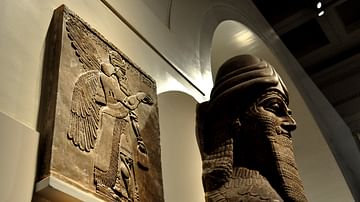
Article
Wall Reliefs: Apkallus of the North-West Palace at Nimrud
Religion is the sigh of the oppressed creature, the heart of a heartless world, and the soul of soulless conditions. It is the opium of the people. (Karl Marx, Critique of Hegel's Philosophy of Right). When it comes to religion...
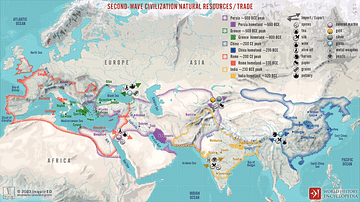
Image
Second-Wave Civilization Natural Resources and Trade
A map illustrating the rise and spread of the Second Wave Civilizations between c. 500 BCE and 200 CE (including the Persians, the Greeks, the Romans, the Chinese, and India) with the flows of trade in major goods and resources.
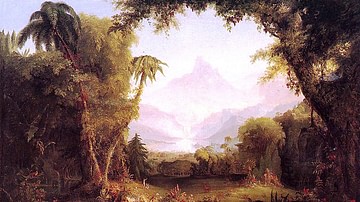
Definition
State of Nature
The state of nature is an idea which became especially popular with certain philosophers during the Enlightenment, notably Thomas Hobbes (1588-1679), John Locke (1632-1704), and Jean-Jacques Rousseau (1712-1778). It refers to a state of existence...
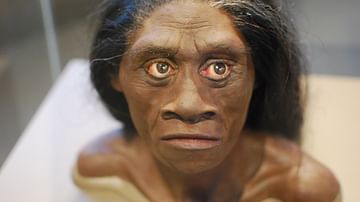
Image
Homo Floresiensis Reconstruction
Reconstruction of the head of a Homo floresiensis individual, as on display at the Smithsonian's Natural Museum of Natural History in Washington, D.C.
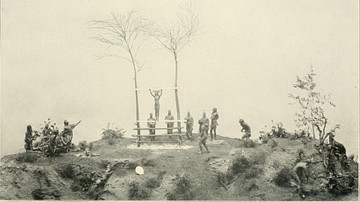
Image
Pawnee Morning Star Ritual Miniature Model
A miniature model (diorama) of the Pawnee Morning Star Ritual from the Field Museum of Natural History, Chicago, Illinois, USA.
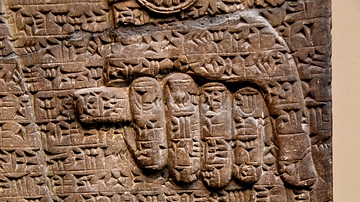
Image
Flowering Branch Held by an Apkallu, Door C
Alabaster bas-relief detail showing an Apkallu holding a flowering branch. Neo-Assyrian Period, 865-860 BCE. Detail of Panel at Door C (number 2), Room S, the North-West Palace at Nimrud, modern-day Iraq. (The British Museum, London)
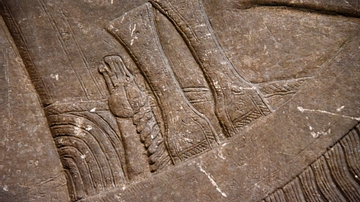
Image
Apkallu's Daggers, Door C
Alabaster bas-relief detail showing the daggers of an Apkallu. Neo-Assyrian Period, 865-860 BCE. Detail of Panel at Door C (number 2), Room S, the North-West Palace at Nimrud, modern-day Iraq. (The British Museum, London)
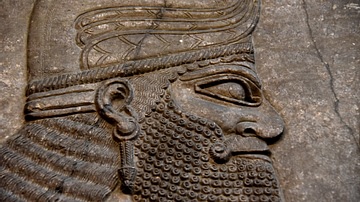
Image
Apkallu, Panel of Door C, Nimrud
Alabaster bas-relief detail showing the head of an Apkalllu, a protective spirit. Neo-Assyrian Period, 865-860 BCE. Detail of Panel at Door C (number 2), Room S, the North-West Palace at Nimrud, modern-day Iraq. (The British Museum, London)
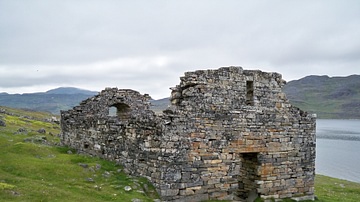
Image
Hvalsey Church, Greenland
Remains of Hvalsey church, a Viking church that was part of the Vikings' Eastern Settlement in Greenland (occupied c. 985-1450 CE). The church lies near present-day Qaqortoq. A young couple was wedded at this church in 1408 CE, and a letter...